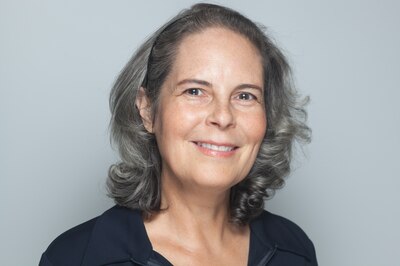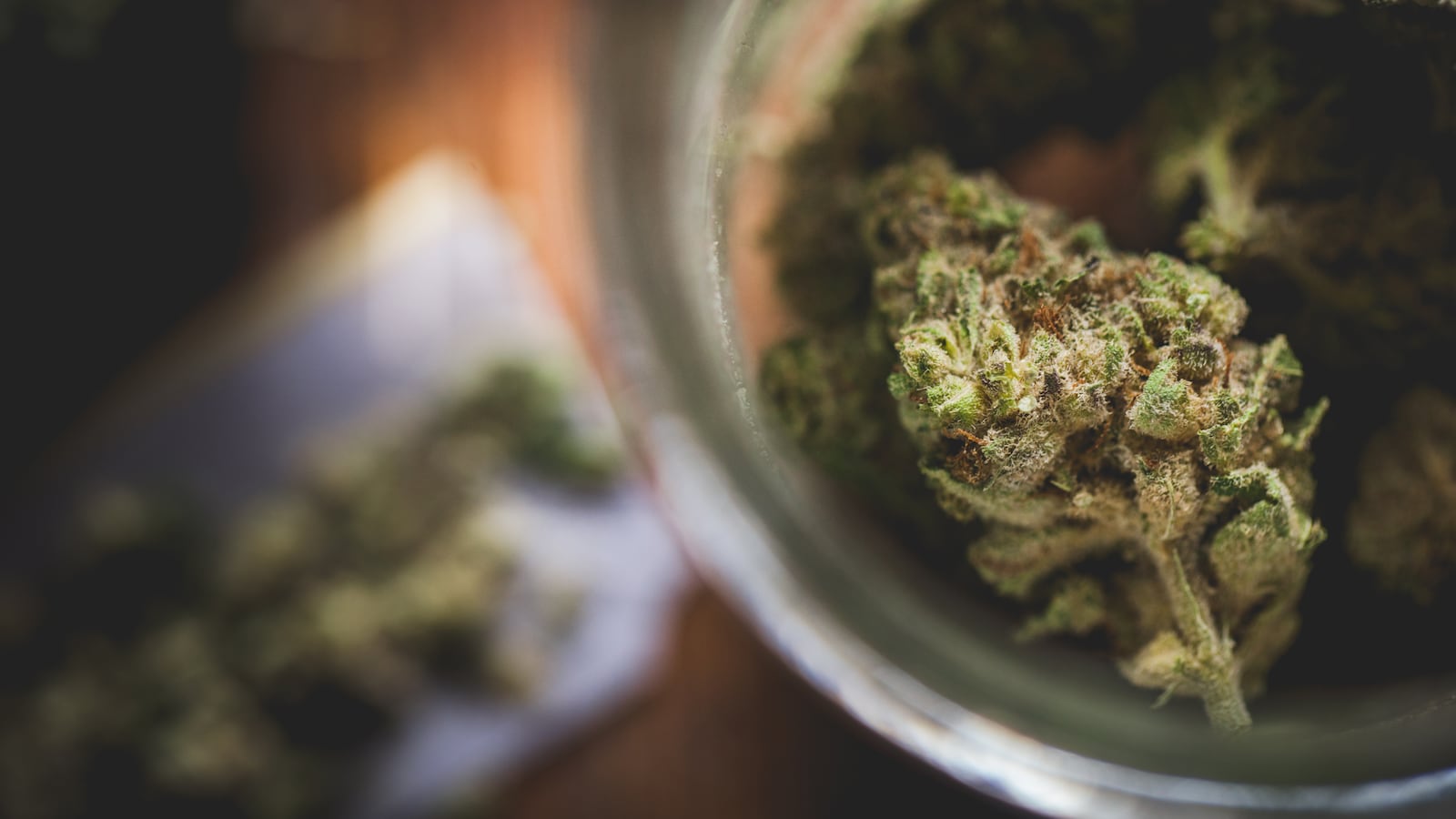As Chalkbeat recently reported, a growing number of students are using cannabis, even as schools work to deter use with vape detectors and suspensions for violating the rules. The Chalkbeat article included my perspective on teens and cannabis because I’m a psychiatrist who researches addiction.
I also have two sons. About five years ago, when my older son was in high school, I attended a parent association meeting about the problem of vaping in school bathrooms and stairwells. As parents and educators discussed the issue, I realized that it was time to consider the issue from a psychiatric perspective.
After this meeting, I began leading drug-information seminars with parents, educators, and students at my son’s New York City high school. Soon, other high schools invited me to speak, and my school-based work on drug and vaping prevention continues to this day. My goal is to change the way we talk about drugs with teenagers by focusing on why people use drugs, what gets them into trouble, and how to know when to get help.
In these seminars, I explain the phenomenon of self-medication, or when people use drugs to reduce psychiatric symptoms. For example, nicotine improves attention and has antidepressant effects. As a result, people with ADHD or depression are much more likely to be smokers, including e-cigarettes. Cannabis, meanwhile, can reduce anxiety, sadness, and agitation.
Research shows that teenagers experiencing these symptoms are more likely to use THC, the psychoactive compound in marijuana, compared to students who don’t have a psychiatric disorder, and they use it more often. That helps explain why vaping at school is so hard to eliminate: Drug use that reduces psychiatric symptoms is deeply rewarding, and punishment doesn’t change this.

Can anything be done? Research shows that science-based sex education reduces sexually transmitted infections, unplanned pregnancies, and sexual violence. It’s time to apply a similar approach to curbing teen drug use. This includes teaching parents, educators, and students to recognize self-medication and problematic drug use so that it can be addressed in a way that changes behaviors.
Now that many states, including New York, have legalized recreational marijuana use for those 21 and up, it’s especially important to discuss the risk of cannabis without exaggerating the harms.
When I speak at high schools, I start with the science. I explain that American teenagers are the fastest-growing cohort dying from overdoses. It’s important for them to know that alcohol can cause a deadly overdose, and the risk increases when cannabis and alcohol are used together. The perils, of course, transcend cannabis, and I make clear how even experimenting with opioids can quickly prove fatal. Learning to recognize the signs of an overdose and to administer naloxone to reverse an opioid overdose can save lives.
I then describe the symptoms of psychiatric disorders and how drugs make people feel better in the short term. I clarify that self-medication isn’t a solution because drug use doesn’t treat the underlying problem. For example, the anti-anxiety effects of cannabis wear off when the drug wears off. On the other hand, treating a psychiatric disorder with counseling or medication provides a long-lasting benefit.
Drug use that reduces psychiatric symptoms is deeply rewarding, and punishment doesn’t change this.
Self-medication increases the risk of developing a drug problem, which is the loss of control over use. The warning signs include use that interferes with schoolwork or grades (including using drugs at school); giving up sports, extracurriculars, artistic passions, or part-time or volunteer work — and replacing those activities with drug use; craving a drug; using it alone, and needing more of a drug to get the same effect. I tell teens that it’s common for people to feel as if they have control over their drug use even when they don’t; that’s because drug use that increases over time begins to feel normal.
However, it’s possible to prevent addiction and its downstream effects with early intervention, as opposed to punishment, which doesn’t resolve the underlying issue. An evaluation from a school- or community-based mental health professional is a good place to start. Counselors can lean on the Providers Clinical Support System and the Opioid Response Network, as well as state and federal resources, to help families identify local treatment options.
It’s time to embrace science in service of curbing drug use. That starts with changing how we talk about it, and it demands support services over punishment.
Dr. Diana Martinez, MD, is a psychiatrist and addiction researcher at the Columbia University Irving Medical Center and the New York State Psychiatric Institute. She is the principal investigator at Columbia’s Martinez Lab. Her work focuses on the development of treatments for substance use disorders and associated conditions, such as chronic pain. Through this work, she has become passionate about prevention and harm reduction.


